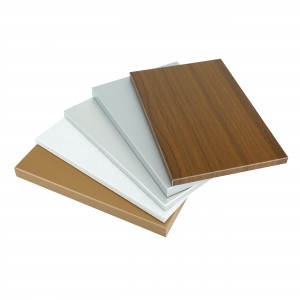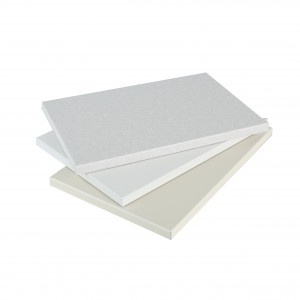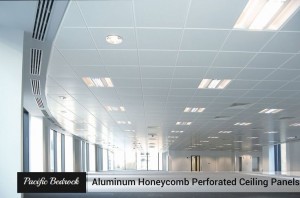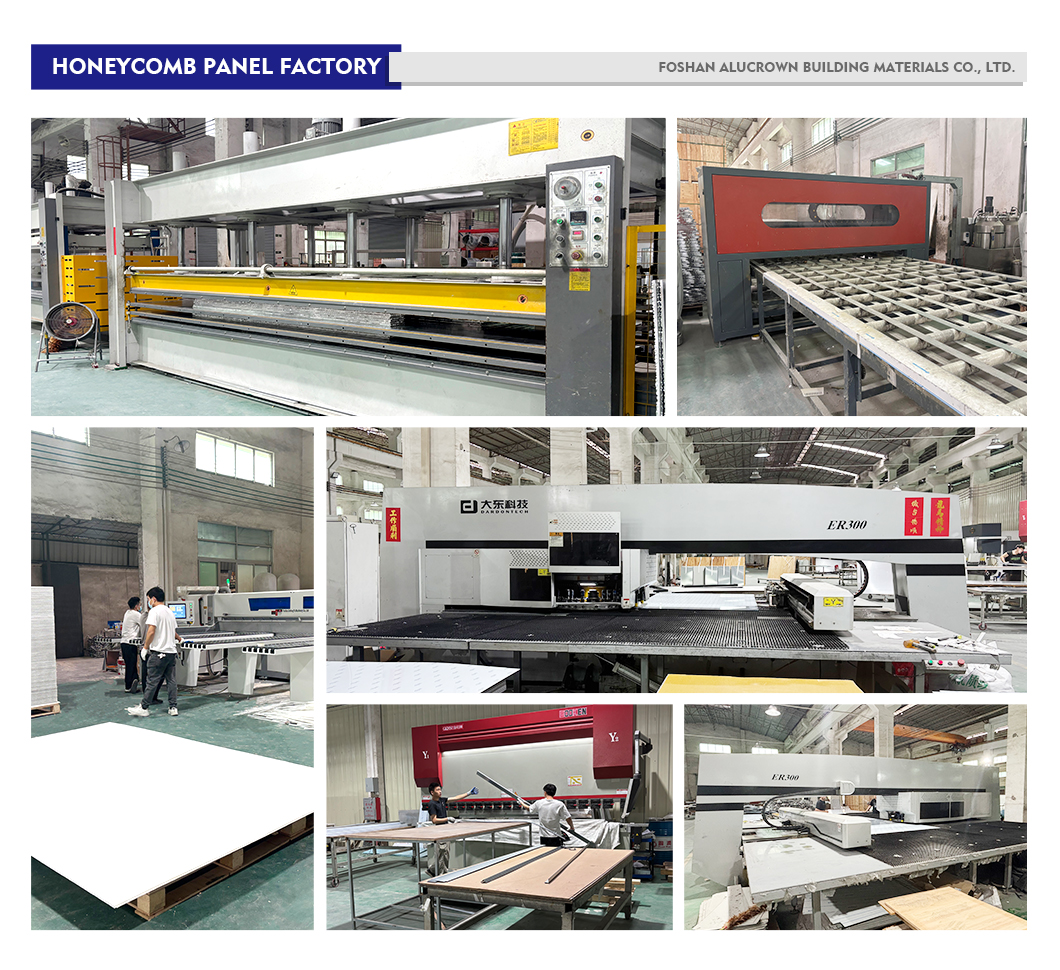In today’s construction industry, sustainability and energy efficiency are no longer optional—they’re essential. One material making a significant impact is aluminum honeycomb panels. Originally developed for aerospace applications, these lightweight yet ultra-strong panels are now revolutionizing building design by reducing energy consumption. Here’s how they work.
1. Superior Insulation Properties
Aluminum honeycomb panels feature a unique sandwich structure: two thin aluminum sheets bonded to a hexagonal core. This design creates air pockets that act as thermal barriers, significantly reducing heat transfer. Compared to traditional materials like solid aluminum or steel, these panels can:
Lower HVAC loads by up to 30%, decreasing energy costs.
Maintain stable indoor temperatures year-round, minimizing reliance on heating/cooling systems.
Case Study: A commercial high-rise in Berlin reduced its annual energy use by 22% after retrofitting its façade with aluminum honeycomb cladding.
2. Lightweight = Lower Structural Energy Demand
Conventional building materials (e.g., concrete, brick) require heavy support structures, increasing embodied energy. Aluminum honeycomb panels weigh up to 80% less than solid alternatives, leading to:
Fewer materials needed for framing and foundations.
Reduced transportation fuel consumption during construction.
Expert Insight:
“The weight savings alone can cut a building’s lifetime carbon footprint by 15%,” notes Dr. Elena Torres, a sustainable materials engineer at TU Delft.
3. Reflective Surface Reduces Cooling Costs
The natural high reflectivity of aluminum deflects solar radiation, a key factor in:
Lowering urban heat island effects.
Decreasing air conditioning demand in hot climates.
Example: A Dubai office complex reported 18% lower cooling costs after installing reflective honeycomb panel roofing.
4. Longevity & Low Maintenance = Sustained Savings
Unlike insulation materials that degrade (e.g., fiberglass)
Post time: Jul-01-2025





